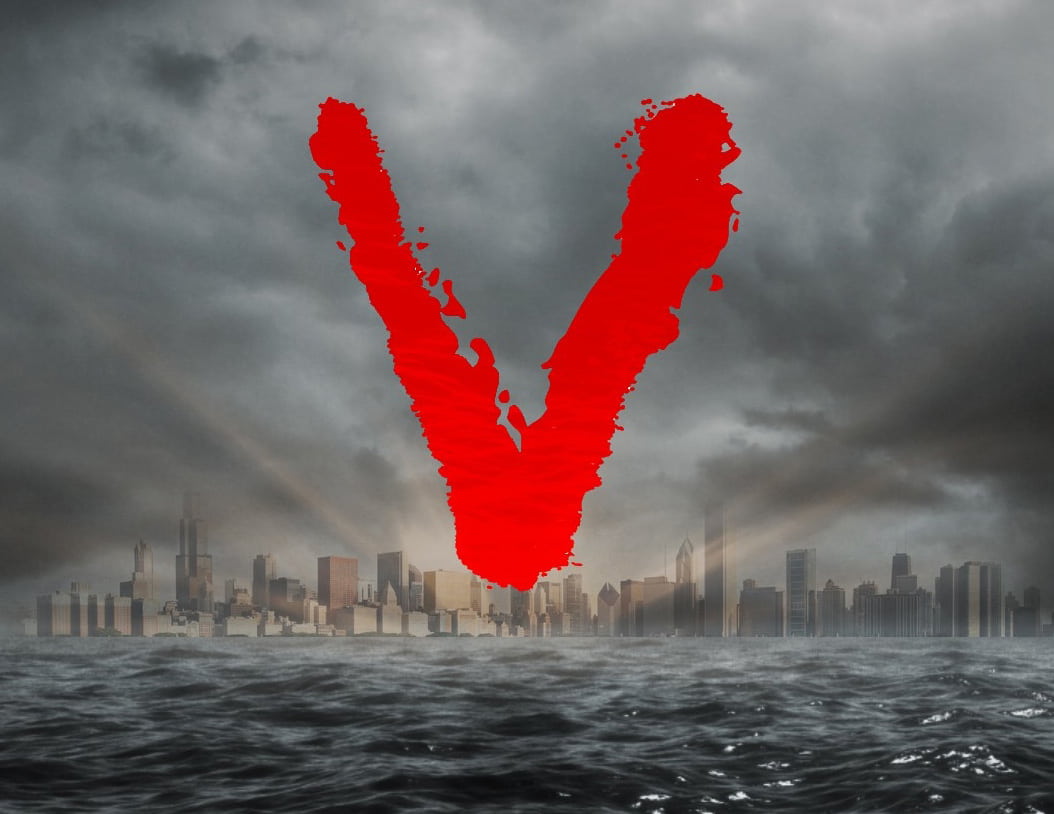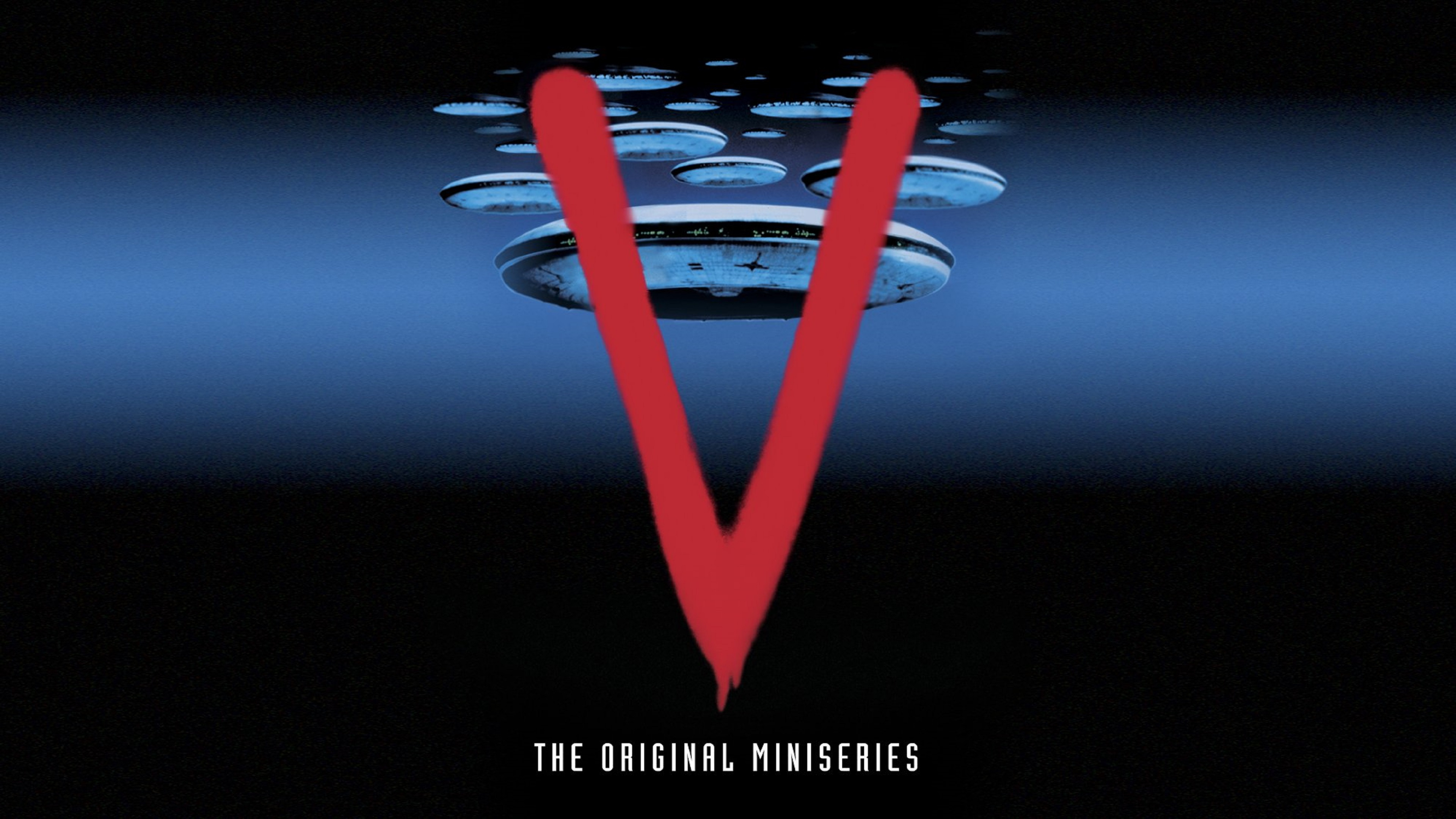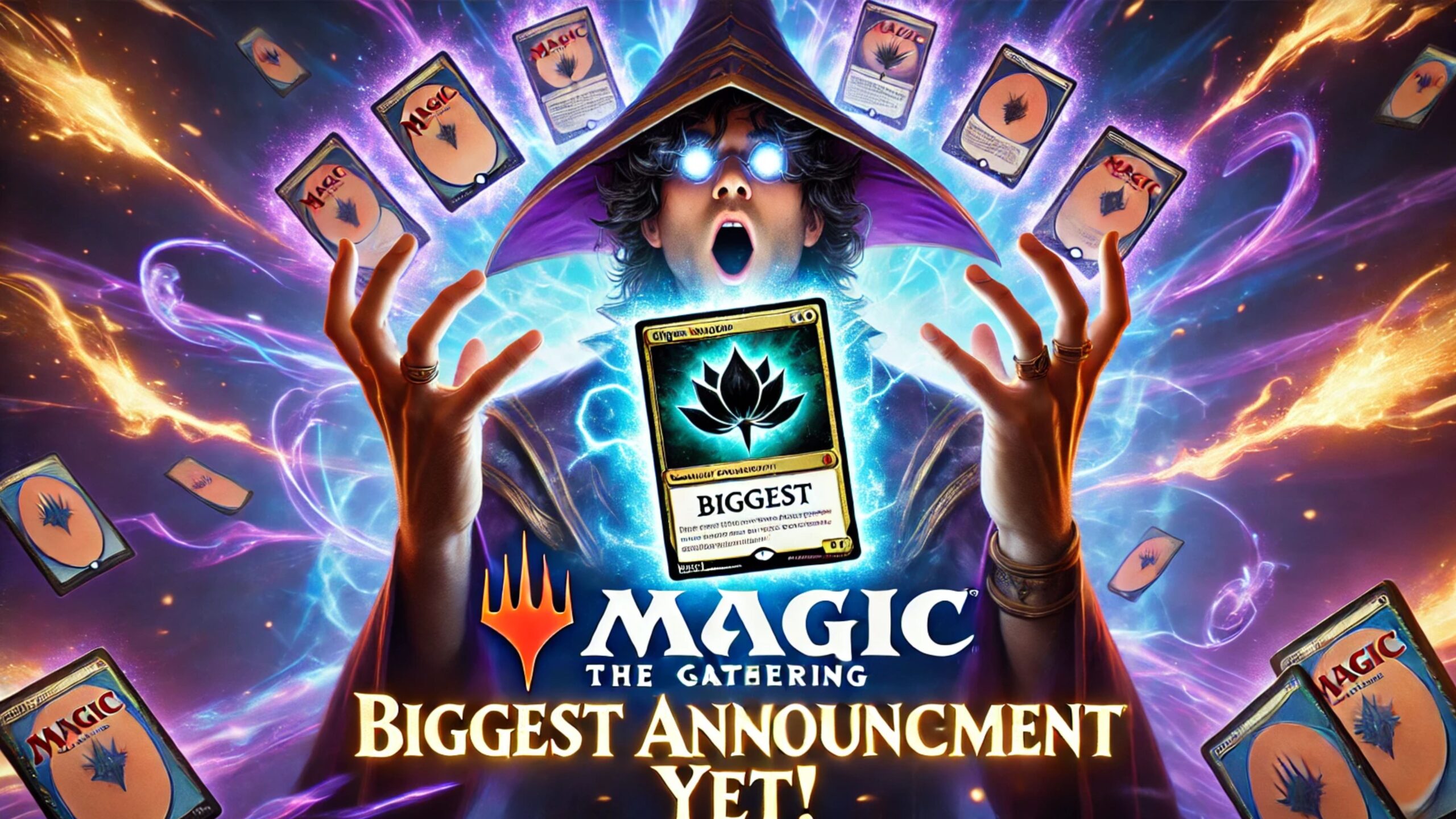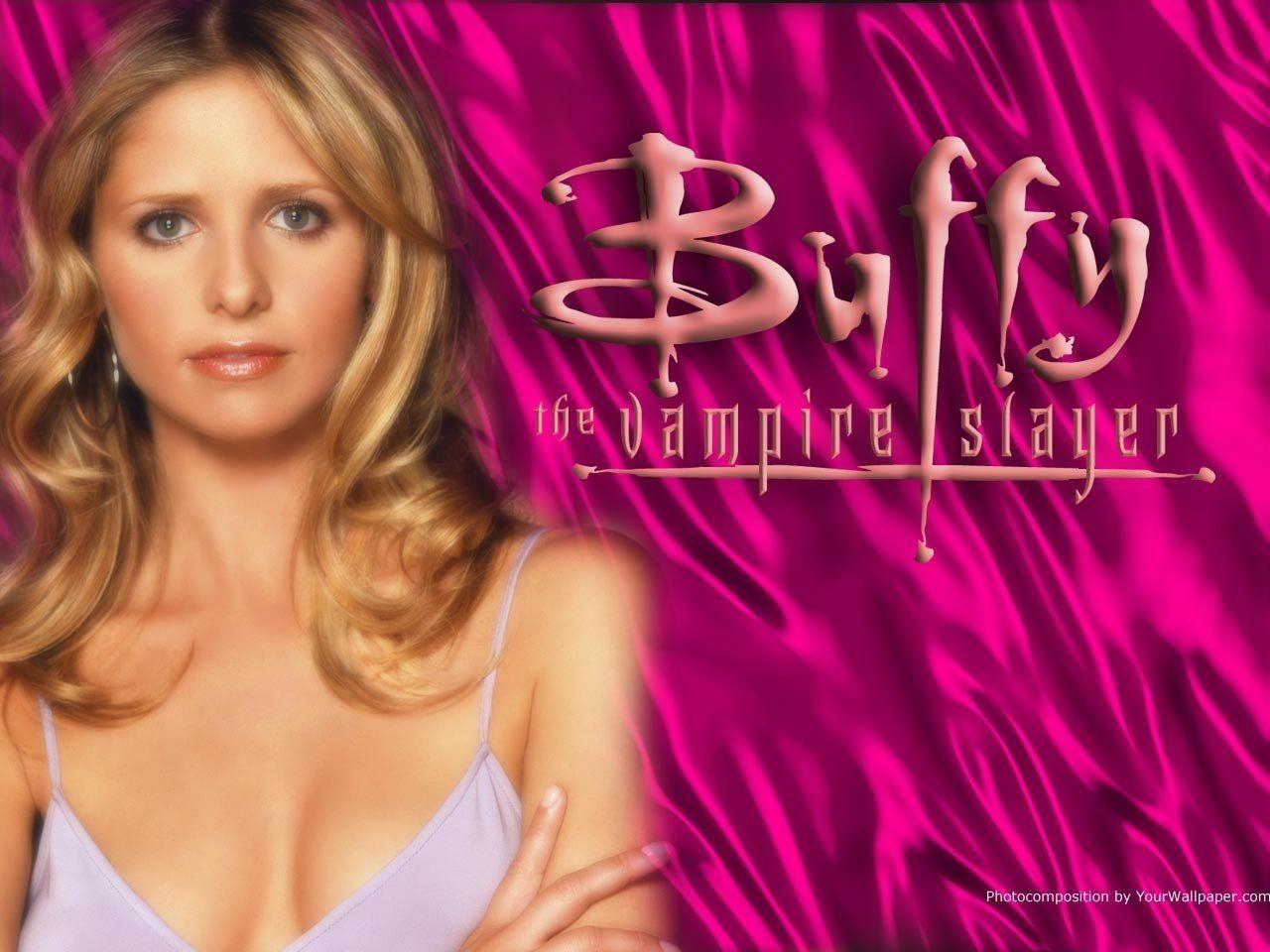
V: A Comprehensive Look at the Original 80s Series
“V” is a science fiction franchise that captured the imagination of audiences with its intriguing narrative, complex characters, and social commentary. The original series, which premiered in the 1980s, set a high standard for sci-fi television. Decades later, the series was reimagined for a new generation, bringing fresh perspectives and modern special effects to the beloved story. This article delves into both the original “V” series and its 2009 remake, examining their development, plot, characters, themes, and cultural impact.
Part I: The Original Series
The original “V” was conceived by writer and director Kenneth Johnson, who had previously worked on successful TV series like “The Incredible Hulk” and “The Six Million Dollar Man.” Johnson was inspired by Sinclair Lewis’s novel “It Can’t Happen Here,” which explored the rise of fascism in America. He envisioned a miniseries that would blend science fiction with political allegory, using an alien invasion as a metaphor for totalitarianism.
The production of “V” was ambitious, especially for its time. The special effects, including the Visitors’ spacecraft and the iconic lizard makeup, were groundbreaking. The miniseries had a substantial budget for a television project, allowing for elaborate sets and extensive makeup work. However, these ambitious elements also posed challenges, including tight schedules and the need for cutting-edge technology.
V: The Original Miniseries (1983)
The original miniseries, which aired in 1983, begins with the arrival of gigantic alien motherships over major cities worldwide. The aliens, known as the Visitors, appear human but are revealed to be reptilian creatures disguised by synthetic human skin. They claim to come in peace, seeking Earth’s help to save their dying planet.
Journalist Mike Donovan discovers the Visitors’ true intentions and the fact that they are here to exploit Earth’s resources and enslave humanity. He joins a resistance movement led by medical student Julie Parrish. The miniseries explores themes of resistance, collaboration, and the moral dilemmas faced by those living under oppressive regimes.
V: The Final Battle (1984)
Due to the success of the initial miniseries, a sequel titled “V: The Final Battle” was released in 1984. This three-part miniseries continues the story, focusing on the escalating conflict between the Visitors and the human resistance. New characters are introduced, and the stakes are raised as the resistance learns more about the Visitors’ plans.
The series culminates in a dramatic confrontation, with the resistance launching a desperate plan to destroy the Visitors’ fleet. The miniseries ends on a hopeful note, with humanity gaining the upper hand, but the struggle against the alien invaders is far from over.
V: The Series (1984-1985)
Following the success of the miniseries, “V: The Series” was launched in 1984. The weekly series continued the story of the resistance, focusing on their ongoing efforts to thwart the Visitors’ plans. While it maintained some of the original cast, the series introduced new characters and expanded the narrative.
The series faced numerous challenges, including declining ratings and budget constraints. Despite these issues, it developed a loyal fanbase and is remembered for its exploration of themes like loyalty, sacrifice, and the complexity of human nature.
Characters and Cast
Mike Donovan (Marc Singer): A journalist turned resistance fighter, Donovan is the series’ central character. His bravery and determination make him a natural leader in the fight against the Visitors.
Julie Parrish (Faye Grant): A medical student and one of the resistance leaders, Julie’s intelligence and compassion are crucial to the group’s efforts.
Diana (Jane Badler): The main antagonist, Diana is a ruthless Visitor commander. Her cunning and ambition make her a formidable foe for the resistance.
John (Richard Herd): The Visitors’ Supreme Commander, John presents a façade of benevolence while hiding sinister motives.
Ham Tyler (Michael Ironside): A tough mercenary who joins the resistance, bringing his military expertise and no-nonsense attitude.
Supporting Characters
The series also features a rich ensemble of supporting characters, including:
Robert Maxwell (Michael Durrell): A scientist who becomes an integral part of the resistance.
Robin Maxwell (Blair Tefkin): Robert’s daughter, whose storyline involves a controversial and pivotal subplot about hybrid children.
Elias Taylor (Michael Wright): A former gang member who finds redemption through the resistance.
Themes and Social Commentary
Allegory and Political Commentary
“V” is renowned for its use of science fiction as a vehicle for political allegory. The Visitors’ arrival and subsequent takeover mirror historical and contemporary events, such as the rise of fascist regimes and the tactics used by totalitarian governments. The series addresses themes of propaganda, collaboration, and resistance, encouraging viewers to reflect on the importance of vigilance and the dangers of complacency.
Human Nature and Morality
The series also delves into the complexities of human nature, exploring how individuals react to extreme circumstances. Characters are often faced with moral dilemmas, forcing them to choose between personal safety and the greater good. This exploration of morality adds depth to the narrative and resonates with audiences.
Reception and Legacy
The original “V” was a commercial success and received critical acclaim for its innovative storytelling and special effects. It has since become a cult classic, influencing subsequent sci-fi series and films. Its impact can be seen in various media, from “Independence Day” to “The X-Files.”
Merchandise and Spin-offs
The franchise also spawned a range of merchandise, including novels, comic books, and toys. These products allowed fans to further immerse themselves in the world of “V” and contributed to the series’ lasting popularity.

















